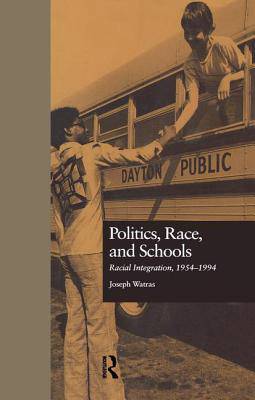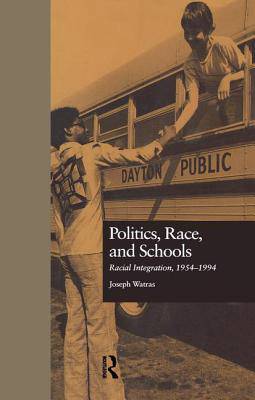
- Afhalen na 1 uur in een winkel met voorraad
- Gratis thuislevering in België vanaf € 30
- Ruim aanbod met 7 miljoen producten
- Afhalen na 1 uur in een winkel met voorraad
- Gratis thuislevering in België vanaf € 30
- Ruim aanbod met 7 miljoen producten
Zoeken
€ 43,45
+ 86 punten
Uitvoering
Omschrijving
First Published in 1997. Focusing on a case study from the civil rights movement, the author illuminates the issues and problems that emerge when schools are used to advance social equality. He examines the political controversies surrounding the racial desegregation of public and private schools in Dayton over a 40-year period during which the city initiated several nationally recognized programs to overcome segregation. The book also discusses racial integration in public and religious schools in different parts of the United States during that time. It describes experiences in public schools, Catholic schools, and private schools covering individually guided education, ethnic studies, magnet schools, compensatory education, and the New Futures Program funded by a private foundation. The text is innovative in its survey of the relationships between city administrators, public school officials, and Catholic and private school educators. It also provides important analysis of how curriculum changes have affected desegregation and examines the role of private philanthropies in education.
Specificaties
Betrokkenen
- Auteur(s):
- Uitgeverij:
Inhoud
- Aantal bladzijden:
- 360
- Taal:
- Engels
- Reeks:
- Reeksnummer:
- nr. 2
Eigenschappen
- Productcode (EAN):
- 9781138979055
- Verschijningsdatum:
- 26/08/2016
- Uitvoering:
- Paperback
- Formaat:
- Trade paperback (VS)
- Afmetingen:
- 140 mm x 216 mm
- Gewicht:
- 417 g

Alleen bij Standaard Boekhandel
+ 86 punten op je klantenkaart van Standaard Boekhandel
Beoordelingen
We publiceren alleen reviews die voldoen aan de voorwaarden voor reviews. Bekijk onze voorwaarden voor reviews.











